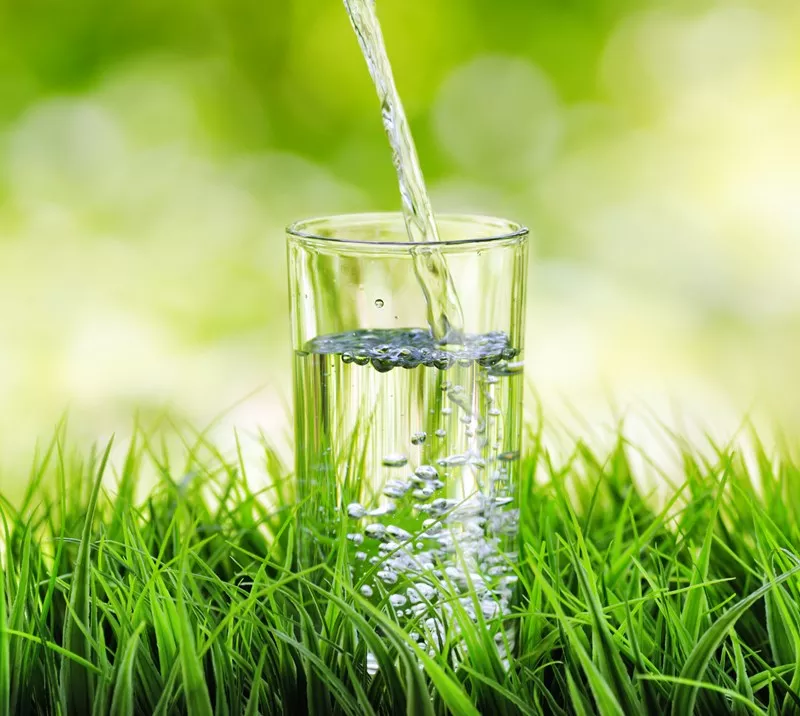The Water Services Act 2021 (“the Act”) has become a key consideration for rural water supply arrangements.
The Act is being implemented in a staged manner, and some additional requirements have just come into effect. While its main purpose is focussed on safe drinking water, it also sets out obligations with respect to wastewater and stormwater networks, and was introduced as the second of three pou (pillars) of the “Three Waters Reforms”.
The first pou of the Three Waters Reforms was setting up Taumata Arowai as the new water services regulator. Taumata Arowai is a Crown entity with a series of functions and powers relating to drinking water, wastewater and stormwater – including developing drinking water standards and enforcing the legislation.
The third and final pou of the Three Waters Reforms will be transferring the management of large water supplies from local authorities to four new regional entities.
Duties on drinking water suppliers
The Act places extensive duties on drinking water suppliers, which are broadly defined in the Act and include a “person who reasonably ought to know that the water they are supplying is or will be used as drinking water”. Its reach is broad and will capture people that supply bore water to their neighbours, including where the supplier knows it is being used for drinking water even though it is only authorised for irrigation.
New Water Quality Assurance Rules came into effect on 14 November 2022 and can be found here. These rules set out minimum requirements for drinking water suppliers in relation to their duty to supply safe drinking water and ensure that it complies with the new Drinking Water Standards. The rules do not apply to bottled water or water used for industrial or agricultural purposes, and only need to be met where a drinking water supply is operational. For example, a bore that is only required during the summer period would not need to meet the rules during winter.
The new Drinking Water Standards are based on guidelines set by the World Health Organisation and also came into effect on 14 November 2022. These standards can be found here and set maximum acceptable values for the concentration of microbiological (eg. E. coli), inorganic (eg. lead), organic (eg. herbicides and 1080), and radiological (eg. radon) substances in drinking water.
Drinking water suppliers also have a duty to take all reasonably practicable steps to comply with Aesthetic Values (such as appearance, taste or odour) – which also came into effect on 14 November 2022 and can be found here. The Act also includes a general duty to ensure drinking water is safe (up until the point of supply), duties to provide sufficient quantity of drinking water and to protect against the risk of backflow, and obligations around notification and reporting.
Drinking water suppliers must register their supply with Taumata Arowai and have a Drinking Water Safety Plan in place, which will include a Source Water Risk Management Plan to protect the surface water or groundwater source from contamination.
Alternative options
Taumata Arowai can issue acceptable solutions, which provide an alternative “ready-made” means of compliance for drinking water suppliers. Acceptable solutions will contain requirements and obligations for specific situations, and must be met in their entirety if they are to be relied upon for compliance with the Act. Acceptable solutions have been developed for roof water supplies, spring and bore water supplies, and mixed use rural water supplies – and include solutions like UV treatment systems. These can be found here.
Drinking water suppliers can also apply for an exemption from some of the Act’s requirements. However there are criteria that must be met for an exemption to be granted, and they will be subject to public consultation.
Resource consenting
The Act made amendments to the Resource Management Act 1991, including by inserting a new consenting requirement for activities affecting drinking water supply source water (s 104G). Consent authorities are now required to have regard to the actual or potential effect of a proposed activity on the source of a registered drinking water supply, and any risks to that source that are identified in a Source Water Risk Management Plan prepared under the Act. Consents also cannot be granted if they are contrary to a wastewater environmental performance standard made under the Act.
Timeframes
The Act’s requirements will be implemented in a staged manner:
- Suppliers that were already registered with the Ministry of Health (which includes public supplies) have until 15 November 2022 to comply. However, in relation to the rules and standards Taumata Arowai has stated that it may be difficult to implement sampling and compliance reporting by then so they expect suppliers to comply with the new reporting requirements by 1 January 2023.
- Existing unregistered suppliers (such as small rural schemes) have until 15 November 2025 to register, and until 15 November 2028 to comply.
- New suppliers will need to ensure that they are registered and have a Drinking Water Safety plan in place before commencing supply.
Takeaway
The duties and obligations that we have described are extensive but not exhaustive, and have implications for both property arrangements and resource consenting processes.
The Act creates an added level of complexity and cost to what could otherwise be a simple water easement arrangement between neighbours. If you have a bore on your property or you supply drinking water to neighbours, then you will need to ensure that you are complying with the Act’s requirements.
Please feel free to contact us to discuss how this Act may impact you, your property or your easements.



